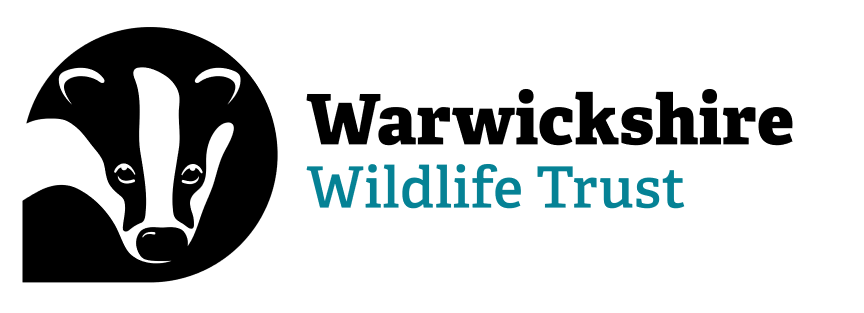From big, community-level actions to individual efforts, we all have a part to play in nature's recovery. Here, some members of the WKWT team share their tips!
Kayleigh, our Dunsmore Living Landscape Project Officer, doesn’t have access to a garden, but nonetheless was inspired to do something to help wildlife in whatever way she could.
“I really hope more people can do things like this wherever they live. I don’t even have a proper balcony, just a rail, and I wanted to do everything I could to help wildlife, so I investigated options that didn’t involve needing an outdoor space. Hanging planters are great as they hook over railings, and planting native flowers helps pollinators. I’ve now got two bird feeders as well which also hang on the railings, and have had blue tits, robins and sparrows visiting!”
If you have a small space there’s lots you can do, and why not tell your neighbours about it too, like Jo, our Marketing and Communications Manager did.
“At the front of my drive is a strip of grass. The council recently completed a planting scheme called Wildlife Ways, which saw millions of wildflowers planted across the borough. This made me think, wouldn’t it be great if that little bit of grass was more than that? So, I sowed some wildflower seeds and chatted to my neighbour, who asked me to do his patch too! We’re now looking forward to welcoming the pollinators to our road this summer and inspiring other neighbours to do the same.”
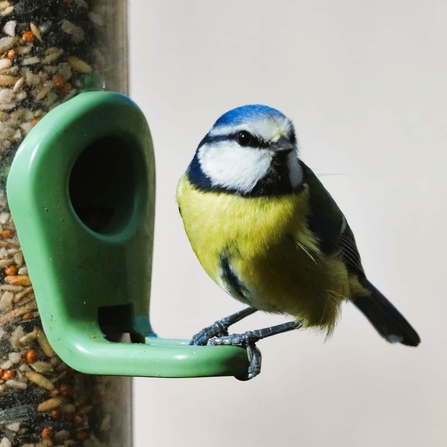
Blue tit by Jason
At a community level there are lots of opportunities to bring about change for nature, as Amanda did in Harbury:
“I contacted the Parish Council when I realised work to renovate a former pub, now being converted to a home would mean the swifts who have nested here for decades would no longer have access to the eaves."
She gave a presentation to the Harbury Parish council meeting to outline her concerns. They supported the initiative and agreed to fund part of it too. She then set about gauging local interest.
“I put up posters around the village, produced a leaflet and contacted certain properties that appeared in the RSPB’s SwiftMapper website, that may have potential for nest sites. I also wrote a monthly article for the local parish magazine to keep the project in the public eye and continued to engage residents with the initiative. I then found a local carpenter who offered to make swift boxes at a reduced cost. Harbury Parish Council agreed to fund 30 boxes and an additional 10 were made for ‘Bishops Itchington Men’s Shed’. Several Harbury residents also agreed to purchase their own boxes. In total, at least 50 boxes have now been installed.
I also talked to the owners of the former pub, who were keen to ensure the swifts would not lose their former homes completely. They received guidance from an ecologist as part of their planning proposal and were given two swift boxes which have been installed close to the original nest sites . We are all looking forward to the return of swifts to Harbury.”
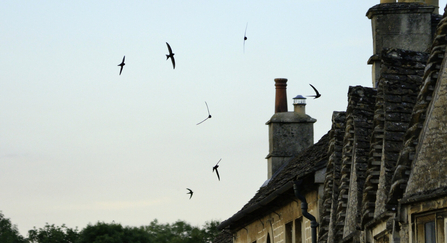
Nick Upton
More ways to help wildlife

How to have an eco-Christmas
Whether you celebrate a big family Christmas, or you just give out a few cards to your friends and neighbours to wish them a happy time…
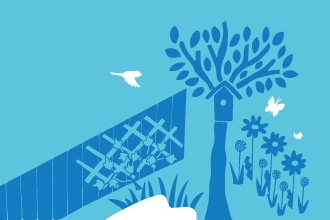
How to start a wildlife garden from scratch
Use the blank canvas of your garden to make a home for wildlife.
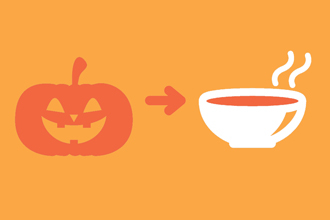
How to have a plastic- free Halloween
Halloween is often a great time for spooky family fun, but unfortunately it is often full of plastic.
